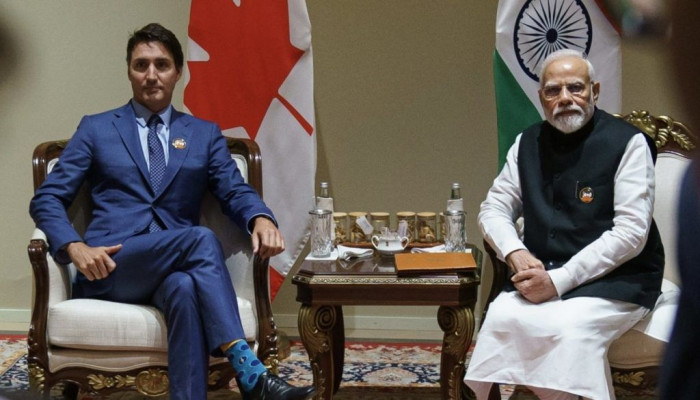The new mutation of the virus signals danger and we are not prepared to face it, yet again
In India where normalcy has come to by and large mean rejecting COVID-appropriate behaviour and a consensus that the viral pandemic has left Indian shores, the new South African variant gives a serious wake-up call. There are as many people wearing masks as are consciously not wearing them. The fact that the festive season did not lead to any viral surge even though all safety precautions were ignored has led to a false complacency that the worst is past us. Sadly, that is wrong. The WHO has declared the new variant, named Omicron, is a ‘variant of concern’. That is to say, do not take any avoidable risk. Here is what the world knows about Omicron, which is not much. Omicron’s prevalence is more than noticeable in South Africa. Botswana, Belgium, Hong Kong and Israel have also reported cases. The variant has landed in Europe too, with the UK reporting two cases. Scientists have no idea if it can lead to a surge, but say that it carries a high re-infection risk. Initial research has shown that the variant is associated with mutations that indicate it can be highly transmissible and increasingly infective. Omicrons’ risk potential is being tested in a laboratory setting to check the efficacy of existing vaccines in containing its infection. The important question awaiting an answer is whether Omicron can evade the immune response.
The answer should better come from a scientific laboratory than from a population infected through ignorance or complacency. What does this mean for India which has just announced its phase-wise policy of opening up the skies? Not much if the Government strictly follows the screening of passengers coming in from abroad and decrees automatic quarantine for two weeks without exception. The health ministry has listed the countries reporting the new variant in the high-risk category. The Ministry should now revise its order of allowing resumption of flights to these countries irrespective of bilateral air bubble agreements. India has also to ensure that hesitancy, complacency or logistical problems no longer hamper the vaccination process. Scientists are insisting now, more than ever, that vaccination is critical to protect the aged and those with comorbidities as well as healthy individuals who have fully returned to normal activities. Both groups run a high risk of hospitalisation and death if they are not fully vaccinated. Till Friday, over 120 core doses were administered of which only a third, 42.62 crore, were second doses. This figure has to pick up and fast. Secondly, the latest studies show that one of the vaccines available in India, the home-made Covaxin, is only 50 per cent effective against symptomatic COVID-19 disease. Many surveys have come out in the past giving different efficacy figures. They range from 81 per cent to 77.8 per cent to 65.2 per cent. There would be scientific explanations for each of the figures no doubt, but that does not help the lay person who may be intimidated by them.
(Courtesy: The Pioneer)








 OpinionExpress.In
OpinionExpress.In















Comments (0)